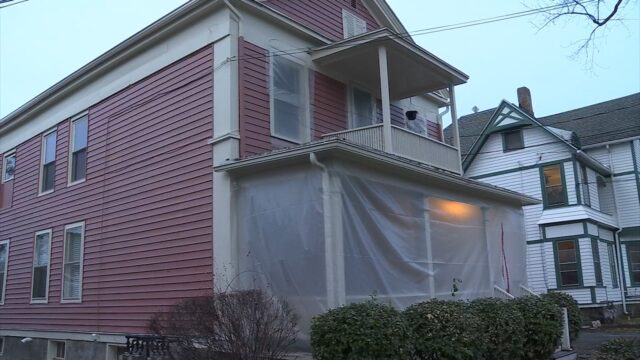When was the last time you visited your primary care physician? What about the last time you visited urgent care?
In the last decade visits to urgent care clinics across the U.S. increased by 119% between 2008 and 2015. For many Americans — urgent care — has become the ‘go-to’ option for healthcare services.
According to Bob Switzer, urgent care director for Finger Lakes Health — the local trend has lived up to the national figures. Insurance claims to urgent care clinics has also dramatically increased in the last decade. The data showed an increase of 1,725 percent since 2008.
.
One of the causes that led to the dramatic increase in urgent care clinic usage? A lack of primary care physicians. “Unfortunately, there’s a high-demand for them, especially in rural communities; and when patients are unable to get to see their primary care physician — urgent care serves as an alternate route,” explained Switzer, who was recently in-studio discussing the trends alongside colleague Andre Forcier, chief administration officer for FLH Medical. “Obviously it’s cheaper to go to an urgent care, rather than bottlenecking an emergency room, too.”
Switzer said that an emergency room visit can cost over $1,000. While the cost of visiting an urgent care clinic is typically less than $150.
Finger Lakes Health operates urgent care facilities in Geneva and Seneca Falls. Last year FLH served over 17,000, according to Switzer, who said that they forecast to ‘definitely surpass’ that number in 2018.
“Urgent care is growing and we don’t see that trend slowing down anytime soon,” added Forcier, who said that a number of factors beyond physician availability are contributing to the rise. “Things like wait time, speed of service, and of course, availability — are all factors.”
“Urgent care visits have increased by 1,700 percent on average, and even more so in rural communities,” he continued. “We’re seeing about 2,300 percent growth and in visits.” The growth doesn’t stop with more people walking through the doors, though. Forcier said that there has been a near-20 percent increase in the number of urgent care facilities across the country in recent years.
Both cautioned that a strong relationship is still necessary with a primary care physician. “Urgent care isn’t meant to replace the primary care doctor,” added Switzer, who said that getting patients connected to a primary care physician is top priority across medicine.
As far as users are concerned — millennials represent a significant portion of those going to urgent care clinics. Proximity to colleges is one factor — as some students are away from home while at college. But, a number of broader factors — like a lack of appointments at their primary care offices — as well as shorter wait times come into play.
“People are working, or don’t want to take their kids out of school,” added Switzer, who said that filling a gap created by the lack of primary care options due to the shortage is a major focus of urgent care.
Research indicates that as young people — ages 18 to 44 — make up 44 percent of total visitors to these types of clinics. Meanwhile, the same studies indicate that seniors and baby booms lead the way in primary care visits.
Urgent care has evolved on that front, too. Switzer and Forcier described the changes in service, or the evolution of service — at facilities like theirs in Geneva and Seneca Falls — pointing out that illnesses and injuries, like burns, colds, cuts that require suturing; and even broken bones — can be handled at urgent care facilities.
The duo agreed that emergency rooms remain the only option for serious, life-threatening ailments — like difficulty breathing, or chest pains. A study published in JAMA Internal Medicine saw a 36 percent decrease in emergency room visits for low-severity conditions — like those treated at urgent care centers between 2008 and 2015.
And it’s part of a larger shift in the healthcare industries as a whole. Forcier noted the rise of telemedicine, which describes the usage of technology — like at home devices — to provide doctor’s with enough data and information to make medical decisions is part of it. “There’s a good chance that over the next half-century we’ll see a rise of telemedicine to the point where it becomes mainstream,” he explained. “It’s already beginning to happen.”
Technology and society are driving big changes in medicine and healthcare, but people are ultimately what makes clinics like those operated by Finger Lakes Health so successful. “We have an incredible team at Finger Lakes Health, and that’s the real benefit to patients. The service we provide is directly related to the people behind our service.”
| For the latest information, including breaking news alerts on your smartphone or tablet – download the FingerLakes1.com App from the App Store or Google Play Store |














